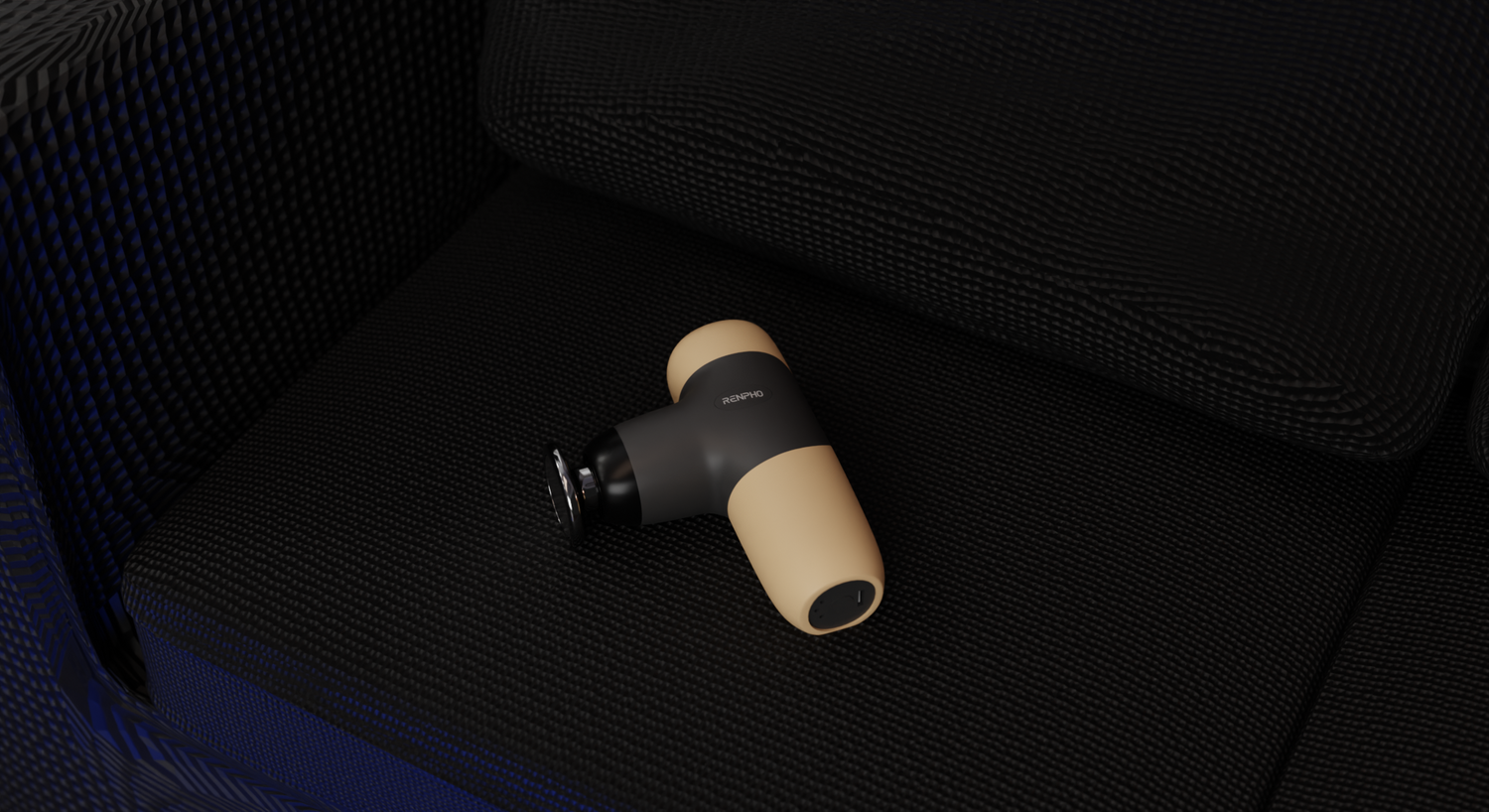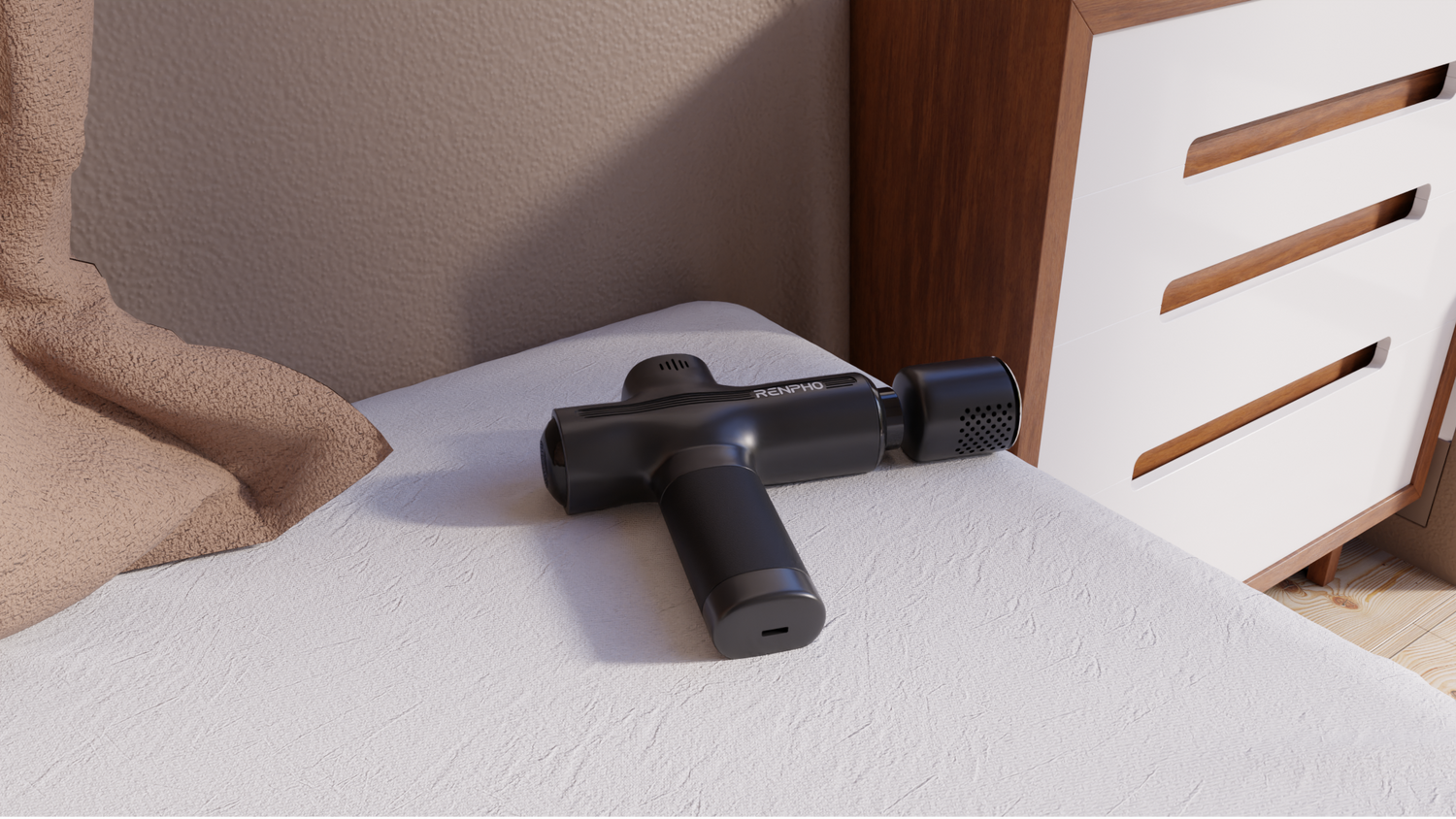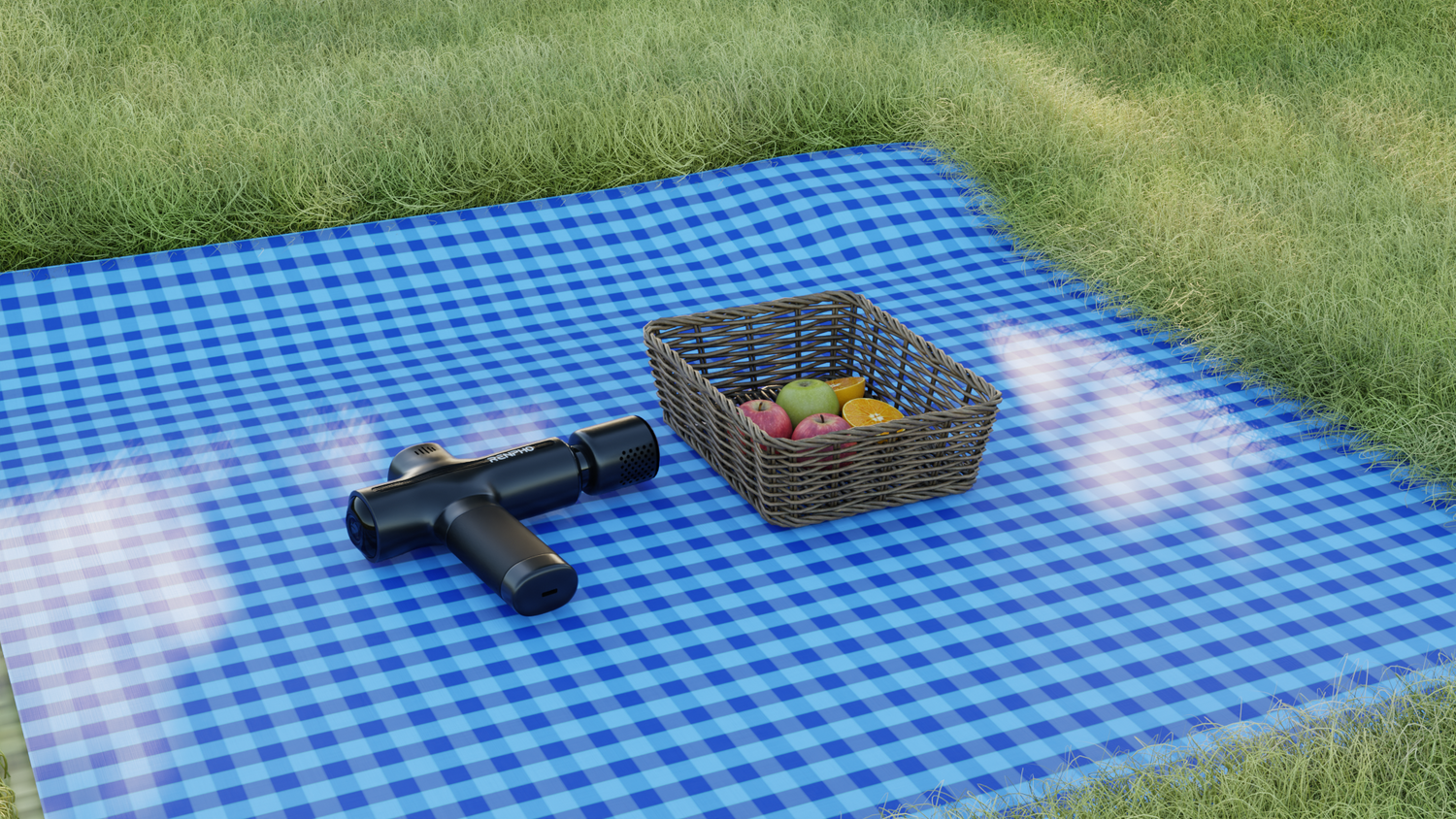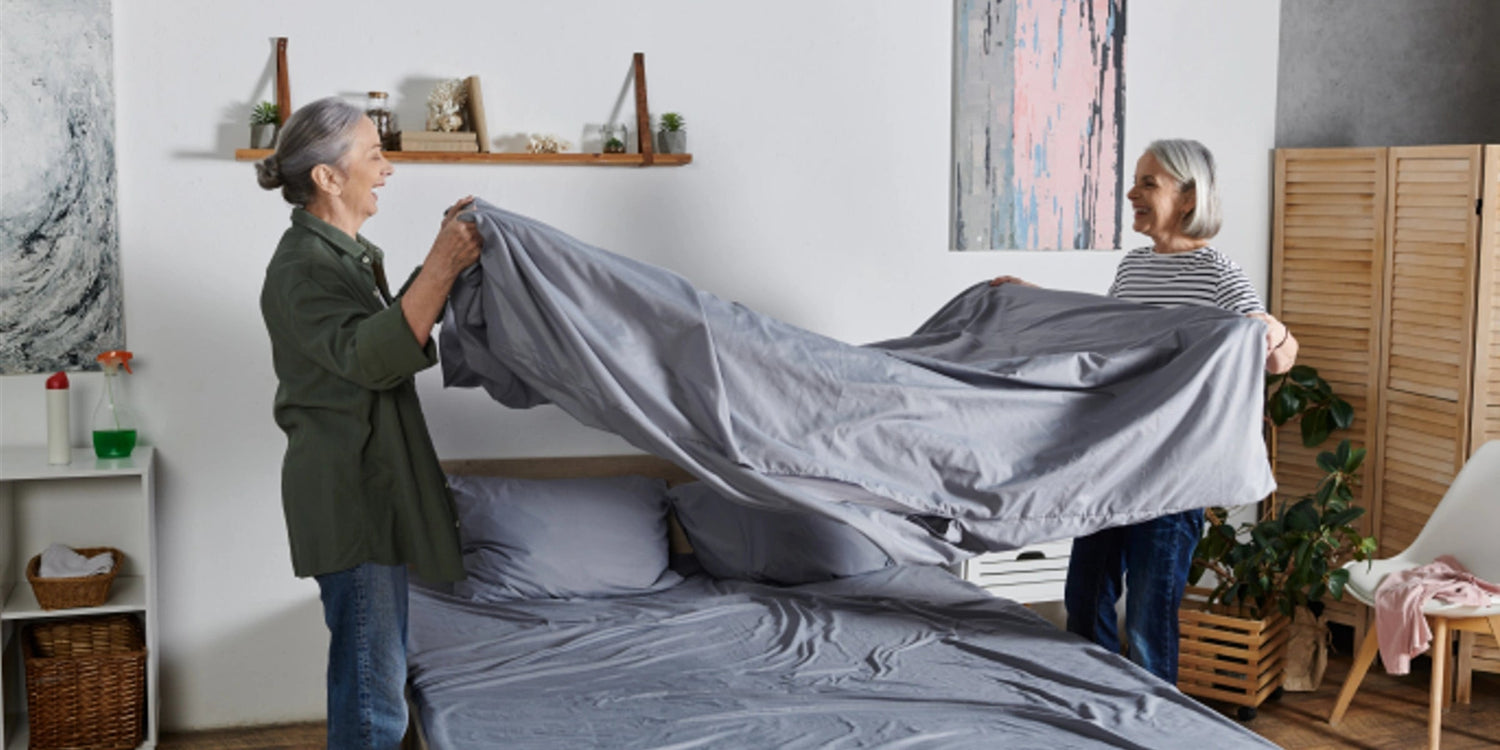So, let’s see how massage plays a vital role in marathon training while also delving into the benefits it provides for muscle recovery, flexibility, and overall well-being. Moreover, we’ll take an in-depth look at massage guns—what they are and how you can incorporate them into your training routine for optimal results. Whether you’re a seasoned marathoner or just starting your training journey, understanding the power of massage can help you run stronger and recover faster. Let’s dive in!
What Are the Benefits of Massage in Marathon Training?

Massage plays a vital role in marathon training, offering numerous benefits that enhance muscle and joint condition, alleviate pain, and accelerate recovery. Incorporating regular massage into training routines helps improve circulation, allowing for better oxygen and nutrient delivery to muscles, which is crucial during intense workouts. This enhanced blood flow reduces inflammation, significantly contributing to faster recovery between runs.
Furthermore, massage can relieve muscle tension and soreness, making it easier for athletes to maintain their training intensity and frequency. By easing tightness in muscles and connective tissues, massage not only aids recovery but also mitigates injury risks—an essential factor for marathoners who push their bodies to the limit.
In addition to physical benefits, receiving consistent massage therapy enhances overall athletic performance. With less pain and improved flexibility, runners can achieve better form and efficiency, ultimately leading to improved race times. Therefore, incorporating massage into a marathon training regimen not only supports recovery and circulation but also serves as a proactive measure for injury prevention, ensuring that athletes can train effectively and compete at their best.
What Exactly Are Massage Guns?

Massage guns are innovative devices that utilize percussive therapy to deliver rapid bursts of pressure to underlying tissues, effectively stimulating muscle fibers and promoting improved circulation. This targeted approach helps alleviate muscle tension, enhance recovery, and promote relaxation.
One of their key advantages is versatility in self-massage applications; massage guns can effectively treat various muscle groups, reaching areas that traditional foam rollers may not access easily. Their compact design allows users to maneuver the device to specific spots, making it ideal for targeting tight muscles in the back, legs, or shoulders.
Additionally, using a massage gun before physical activities can help warm up muscles, increase blood flow, and improve flexibility, ultimately enhancing performance and reducing the risk of injury. For individuals who prefer self-administration of massage techniques, massage guns offer a convenient and effective way to address muscle soreness and fatigue at home, on the go, or in the gym.
How Can You Incorporate Massage Guns into Your Training Routine?

Incorporating massage guns into your marathon training routine can significantly enhance your recovery and overall performance. One effective way to use a massage gun is as part of your warm-up routine. Before workouts, focus on major muscle groups such as your calves, quads, hamstrings, and glutes for about 30 seconds to one minute each. Starting with a lower speed setting helps gradually warm up the muscles and increase blood flow, which loosens tight areas and improves flexibility.
After a long run or intense training session, a massage gun can aid in recovery. Spend extra time on sore muscles or areas that feel tight, using a higher intensity for about 1-2 minutes per muscle group. Move the gun slowly along the muscle fibers, pausing on any knots or tender spots for deeper relief. Finding the right frequency for using a massage gun is also essential. Listen to your body and incorporate it into your routine based on how your muscles feel. After particularly intense workouts, a massage gun can be especially beneficial. Aim for 2-3 sessions a week, adjusting based on your training schedule. On rest days, light sessions can help with recovery without adding strain.
To maximize the benefits, consider setting a specific routine. Dedicate 5-10 minutes to warming up with the massage gun before each long run or interval session, and spend 10-15 minutes on recovery after each workout, focusing on areas that feel fatigued. On rest days, use the massage gun for about 10 minutes on tight areas to maintain muscle elasticity and promote recovery.
By incorporating these practices, you can effectively use a massage gun to enhance your marathon training, reduce recovery time, and keep your muscles in peak condition. Remember to stay mindful of your body’s signals and adjust your usage as needed for the best results.
What Tips Can Enhance Your Experience with Massage Guns?
To make the most of your massage gun experience and maximize its benefits for recovery and performance, consider focusing on key muscle groups that are prone to tightness and strain. For runners, it's essential to target areas such as the calves, quads, hamstrings, glutes, and lower back. Spend extra time on any specific areas that feel particularly sore or tense. Using the right techniques can also significantly enhance the effectiveness of your sessions. Begin with gentle pressure and gradually increase intensity as your muscles relax. Move the gun slowly along the muscle fibers, following the direction of the muscle, and pay attention to tender spots, pausing briefly to allow the gun to penetrate deeper into the tissue.
While massage guns are generally safe, it's important to use them wisely. Avoid using the gun directly on bones, joints, or areas with recent injuries or inflammation. If you experience sharp pain or discomfort, stop immediately. It’s also advisable to consult a healthcare professional if you have any underlying conditions or concerns. For optimal recovery, consider integrating massage gun use with other techniques. Incorporate static stretching before and after your sessions to improve flexibility, and maintain proper hydration and nutrition to support muscle recovery. Using a foam roller alongside a massage gun can further enhance your recovery routine.
Consistency is key to reaping the benefits of massage guns. Establish a routine that incorporates their use into your training schedule, setting specific days for massage sessions, and keeping your gun easily accessible to encourage regular use. Tracking your sessions can help you monitor progress and adjust your routine as needed. By following these tips, you can enhance your experience with massage guns and ensure you get the most out of this effective recovery tool, ultimately improving your marathon training and overall performance.
What Complementary Recovery Techniques Can Boost Your Routine?
Incorporating complementary recovery techniques alongside the use of massage guns can significantly enhance your overall recovery and performance in marathon training. Stretching and mobility exercises are vital for maintaining flexibility and preventing injuries. A mix of dynamic stretching before runs and static stretching afterward can improve your range of motion and reduce muscle tightness. Integrating practices like yoga or Pilates can further benefit your routine, as they focus on flexibility, strength, and body awareness.
Proper nutrition and hydration are also crucial for effective recovery. After intense workouts, prioritize a balanced meal or snack that includes carbohydrates, protein, and healthy fats to replenish glycogen stores and support muscle repair. Staying well-hydrated before, during, and after runs is essential for optimal performance and recovery, with electrolyte-rich drinks being particularly beneficial during long runs.
Adequate rest and quality sleep are often underestimated but are critical components of recovery. Aim for 7-9 hours of sleep per night to allow your body to repair and regenerate. Establishing a consistent sleep schedule and creating a relaxing bedtime routine can improve sleep quality. Additionally, incorporating rest days into your training plan is essential to prevent overtraining and reduce the risk of injuries.
Active recovery, which involves engaging in low-intensity activities that promote blood flow without straining the muscles, is another effective strategy. Activities such as walking, swimming, or gentle cycling can help alleviate soreness and accelerate recovery. Scheduling active recovery days in between intense training sessions can maintain movement while allowing your body to recuperate.
Finally, mindfulness and relaxation techniques can enhance recovery by reducing stress and promoting mental well-being. Practices such as meditation, deep breathing exercises, or progressive muscle relaxation can help calm the mind and support the body’s recovery processes. Taking time to relax and unwind is just as important as physical recovery. By integrating these complementary recovery techniques into your routine, you can create a holistic approach to marathon training, optimizing recovery, reducing the risk of injury, and improving your overall performance on race day.
Takeaway
Marathon training requires a combination of physical endurance, mental toughness, and effective recovery strategies. Massage plays an essential role in this process, aiding in muscle recovery, enhancing flexibility, and preventing injuries. The use of massage guns offers a convenient and efficient method for athletes to relieve muscle tension, improve circulation, and promote healing. By incorporating massage techniques and devices like massage guns into a regular training routine, runners can boost performance, reduce recovery time, and maintain optimal physical condition.
Additionally, combining massage with complementary recovery techniques such as stretching, proper nutrition, adequate rest, and active recovery can further enhance results. Whether you're an experienced marathoner or new to long-distance running, understanding the importance of recovery and the role of massage can significantly improve both your training and race day performance. By adopting these practices, you can train smarter, recover faster, and run stronger.
Renpho Health Tips
-

Unlocking Wellness: The Essential Role of Muscle Massage Guns in Self-Care
September 19, 2024
Read more >
-

Top 5 Mistakes to Avoid When Using a Massage Gun for Muscle Relief
September 19, 2024
Read more >
-

Top Massage Techniques to Use with Your Muscle Massage Gun for Post-Bedtime Relaxation
September 19, 2024
Read more >
-

5 Delightful Autumn Picnic Ideas for a Perfect Day Outdoors
September 16, 2024
Read more >
-

5 Ways to Motivate Yourself to Make Your Bed Everyday
September 11, 2024
Read more >



































